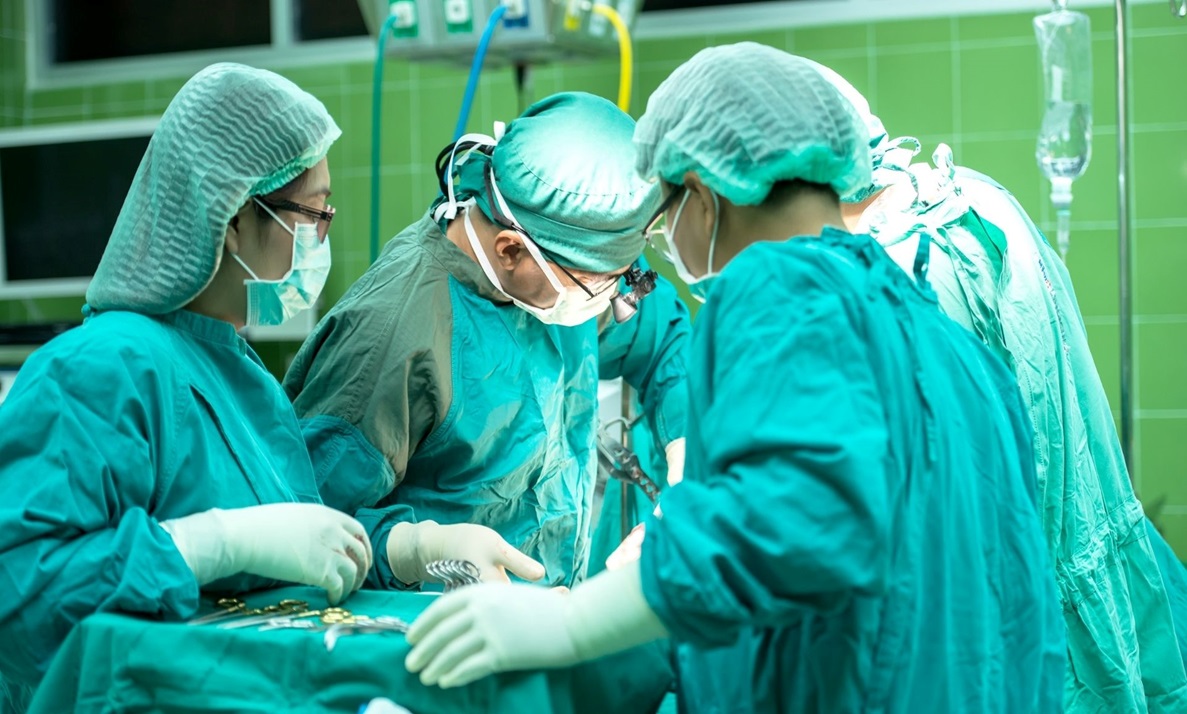Many people are curious about the process of getting a gastric sleeve surgery. The following blog post is all about how it’s done, what to expect before and after surgery, and more. If you’re thinking about having this procedure done, then read on to learn more!
What is gastric sleeve surgery?
Gastric sleeve surgery is done to remove a portion of the stomach and create a tube or ‘sleeve’ that is just over an inch wide. The surgeon then staples off this part, leaving around 80-85% of the original size. This reduces your capacity for food intake dramatically and helps you lose weight quickly.
How is the procedure done?
The surgery is done in three steps.
First, the patient will have laparoscopic sleeve gastrectomy where they are sedated and put on a ventilator for anesthesia. The surgeon makes four tiny incisions of around five millimeters each, into which he inserts long thin instruments to view the stomach. Using these tools, the surgeon divides the stomach into two parts.
Second, an endoscope (a thin tube with a camera on top) is inserted through one of the incisions made in step number one. The surgeon inserts it to find out how much portion or sleeve of the stomach he needs to remove and also where the stapler has to be placed for removal.
Third, the surgeon removes this part of the stomach by stapling it to make the sleeve. He also uses a flexible tube (endoscope) attached to the camera and lights at one end, which helps him monitor his work inside your body without making any external incision. The other instruments are removed once he is done with surgery.
learn more: What Is The Size Of The Stomach After Gastric Sleeve
Risks and side effects of the surgery
The gastric sleeve procedure is a safe one. There are some risks like pulmonary embolism (PE) which happens when there’s clotting in the blood vessels that supply your lungs, pneumonia, nausea, and vomiting after anesthesia which can be controlled with medicines; wound infection or hernia at the operation site for which antibiotics are given along with painkillers.
The recovery process after the surgery
You will be discharged from the hospital in two to three days’ time after surgery, depending upon your recovery, age, and post-surgery symptoms like nausea or vomiting. You may not have much appetite for four to six weeks after surgery which is normal, but you should take care that whatever you eat, you chew well and don’t take anything that’s very hot to the stomach as it can cause irritation. It is suggested not to drink alcohol for a few weeks after surgery as this may interfere with the healing process.
In conclusion, gastric sleeve surgery is an effective way to lose weight with minimal risks and side effects compared to other bariatric procedures such as gastric banding or gastric bypass! If you’re considering weight loss surgery, consult a sleeve-gastrectomy in Las Cruces!

